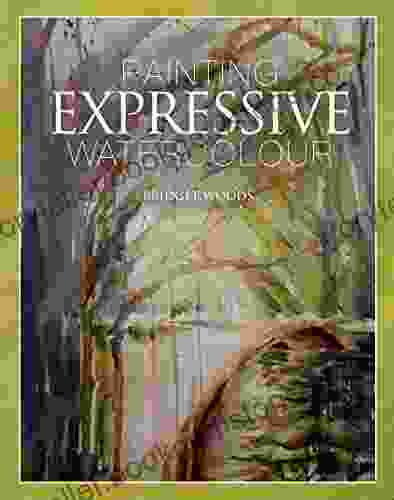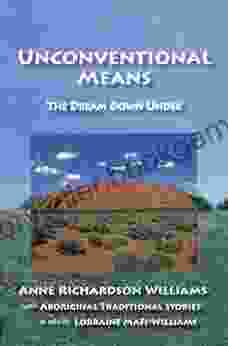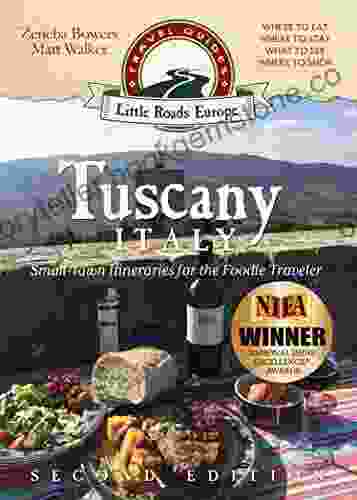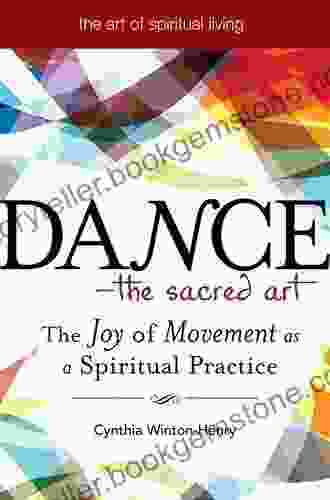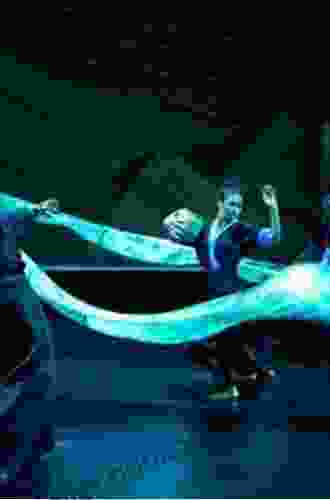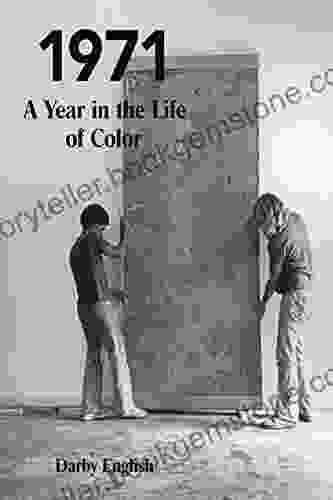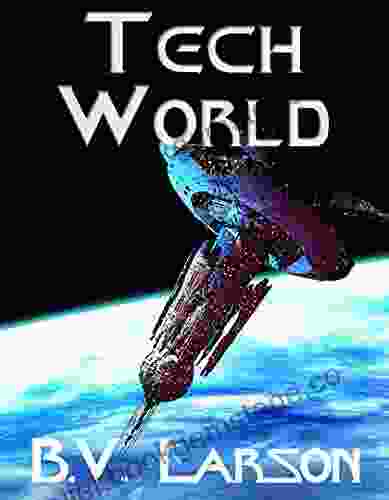Watercolour painting is a versatile and expressive medium that can be used to create stunning landscapes. This guide will provide you with everything you need to know to get started, from choosing the right materials to mastering basic techniques.
4.5 out of 5
| Language | : | English |
| File size | : | 42680 KB |
| Text-to-Speech | : | Enabled |
| Enhanced typesetting | : | Enabled |
| Screen Reader | : | Supported |
| Print length | : | 195 pages |
Choosing the Right Materials
The first step to painting expressive watercolours is choosing the right materials. Here are a few things to consider:
- Watercolours: There are many different brands and types of watercolours available, so it's important to do some research to find the ones that are right for you. Some popular brands include Winsor & Newton, Daniel Smith, and M. Graham.
- Brushes: Watercolour brushes are made from a variety of materials, including natural hair (such as sable and squirrel) and synthetic fibres. Natural hair brushes are more expensive, but they hold more water and can create finer details. Synthetic brushes are more durable and affordable, and they can be used for a variety of techniques.
- Paper: Watercolour paper is made from a variety of materials, including cotton, cellulose, and bamboo. It's important to choose a paper that is thick and absorbent, so that it can hold the water and paint without buckling or tearing.
Basic Watercolour Techniques
Once you have your materials, it's time to learn some basic watercolour techniques. Here are a few of the most important ones:
- Wet-on-wet: This technique involves painting on wet paper with wet paint. The result is a soft, ethereal effect.
- Wet-on-dry: This technique involves painting on dry paper with wet paint. The result is a more controlled, precise effect.
- Dry-on-dry: This technique involves painting on dry paper with dry paint. The result is a textured, matte effect.
- Lifting: This technique involves using a damp brush to lift paint from the paper. This can be used to create highlights or to correct mistakes.
- Glazing: This technique involves applying thin layers of paint over each other. This can be used to create depth and luminosity.
Painting Expressive Landscapes
Now that you know some basic watercolour techniques, it's time to start painting expressive landscapes. Here are a few tips:
- Start with a sketch: Before you start painting, it's helpful to create a sketch of your landscape. This will help you to plan your composition and to identify the main focal points.
- Use a limited colour palette: Using a limited colour palette can help you to create a more harmonious and cohesive painting.
- Don't be afraid to experiment: Watercolour painting is all about experimentation. Don't be afraid to try different techniques and colours to see what happens.
- Have fun: Watercolour painting should be a fun and enjoyable experience. So relax, let go, and have some fun!
Watercolour painting is a versatile and expressive medium that can be used to create stunning landscapes. By following the tips in this guide, you can learn the basic techniques and start creating your own beautiful watercolour paintings.



